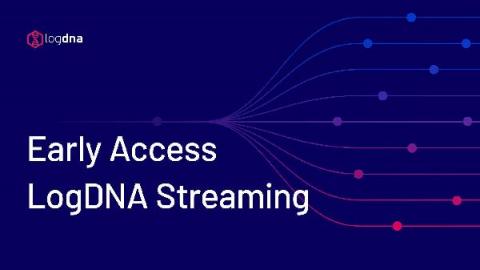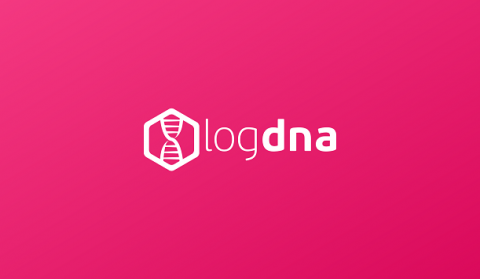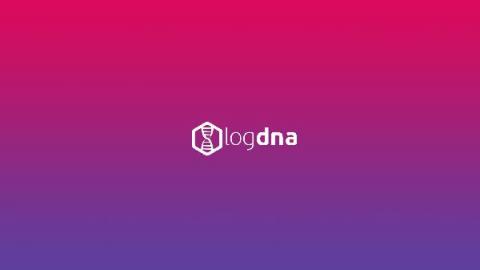The Observability Data Opportunity
Observability data, and especially log data, is immensely valuable for modern business. Making the right decision—from monitoring the bits and bytes of application code to the actions in the security incident response center—requires the right people to generate insights from data as fast as possible.







